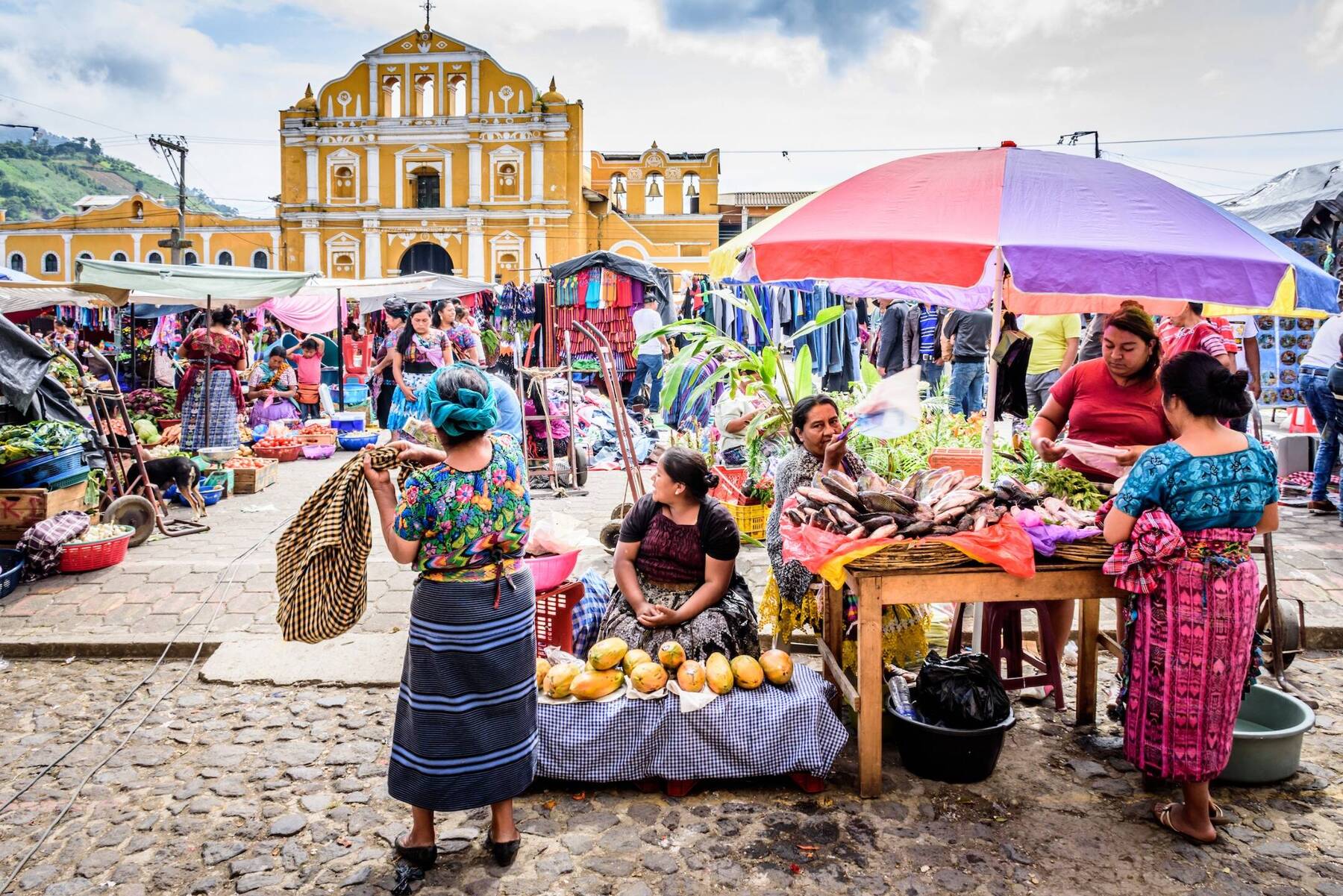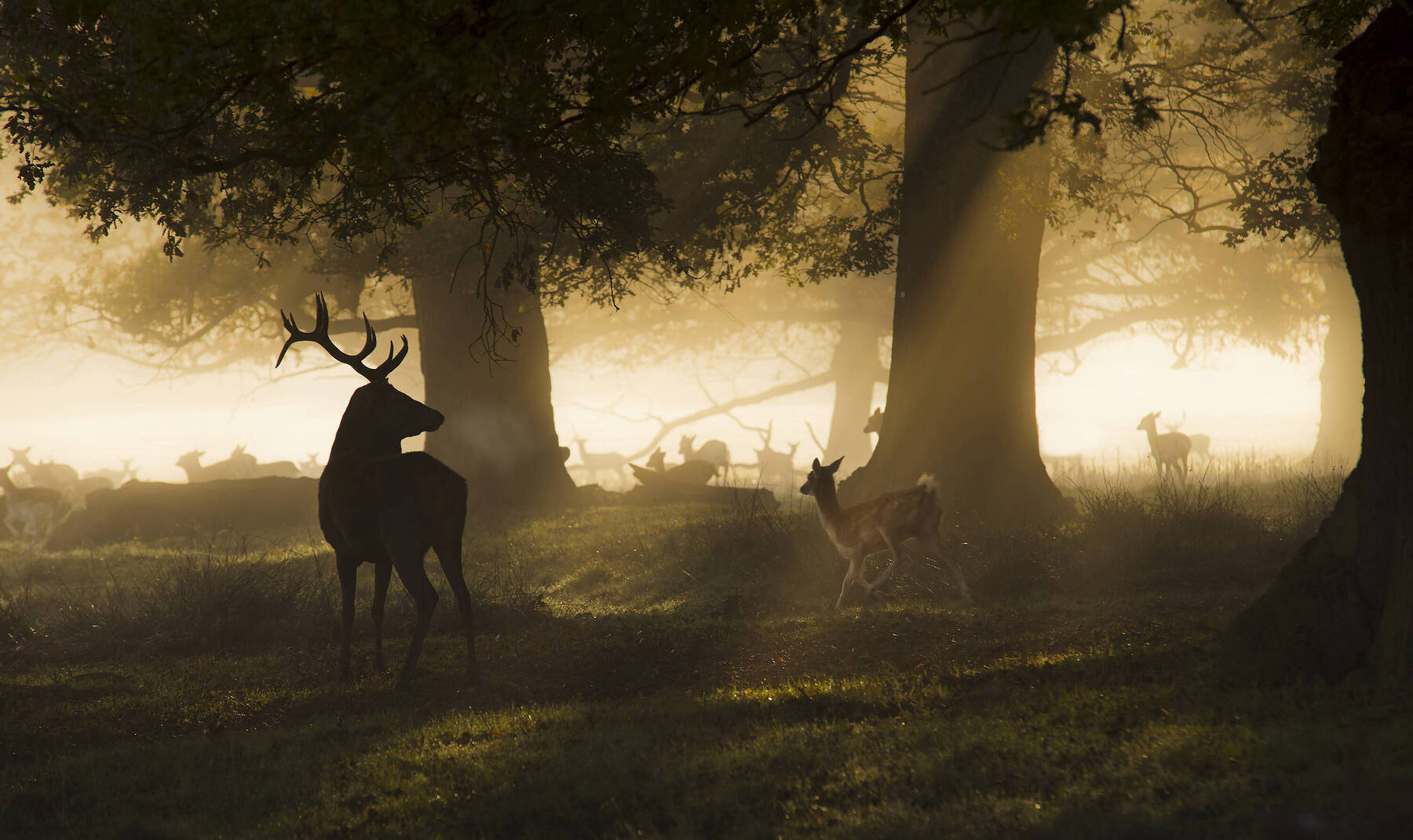Walking the Cobbled Streets
For a great view of Antigua, set out in grids with Baroque-style cathedral and church domes rising above predominantly terracotta coloured rooves, take a walk up to the look-out point at Cerro de la Cruz. It’s at the northern end of town – you can’t miss it, there’s a cross on top of the hill.
Back down in the town, it’s a flat but uneven walk along narrow pavements made narrower from jutting window ledges encased by black wrought-iron grilles. Discover small, green plazas surrounded by brightly painted dwellings, greenish/grey metal door knockers, in the shape of animals, hands or faces decorating solid wooden doors, which hide hotels, restaurants, shops or cool green courtyards with fountains. Snap away at photogenic scenes of dilapidated homes next to the well-cared for. Perhaps the most photographed street is Calle del Arco/5a Avenida Norte where the bright yellow Santa Catalina Arch frames Volcán de Agua in the distance. Amongst the passers-by will be traditionally dressed women in long skirts, usually wearing brightly woven belts and embroidered blouses.
Catedral de Santiago in Parque Central, a fountain in its centre, is actually only a chapel of what was once a huge cathedral and is very simple and plain. Around the back of it stands the ruins of the original. It would’ve been magnificent. Much of the roof has gone and domes open to the sky. Wander through arches, around fallen pillars and amongst sculptured stone fallen from partial walls. Some has been restored. A guide helps to bring it to life.
Another must-see ruin is the Santo Domingo Church. It now houses a five-star hotel with serene gardens and dining and reception areas built around the remains of broken walls, columns, fountains and arches. Some has been restored and excavations continue. Free to enter, there are also a number of museums including ones pertaining to silver, glass and archaeology.












Comments